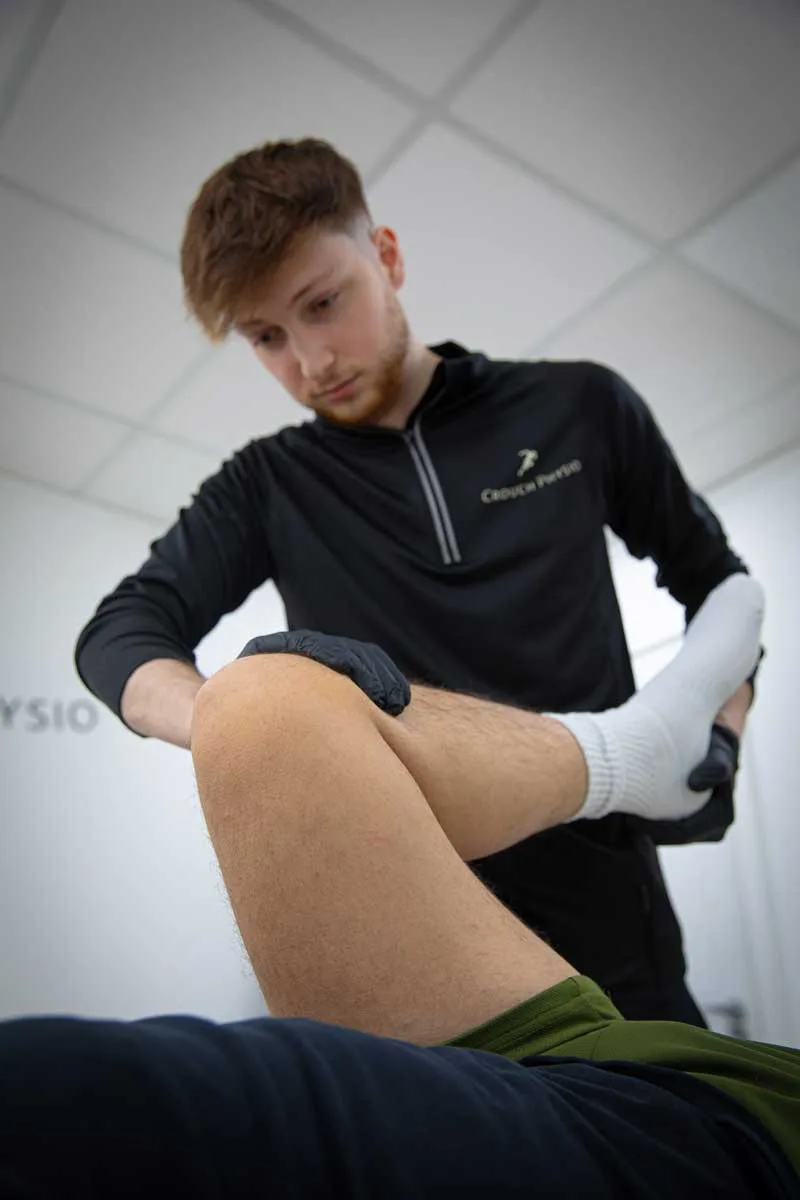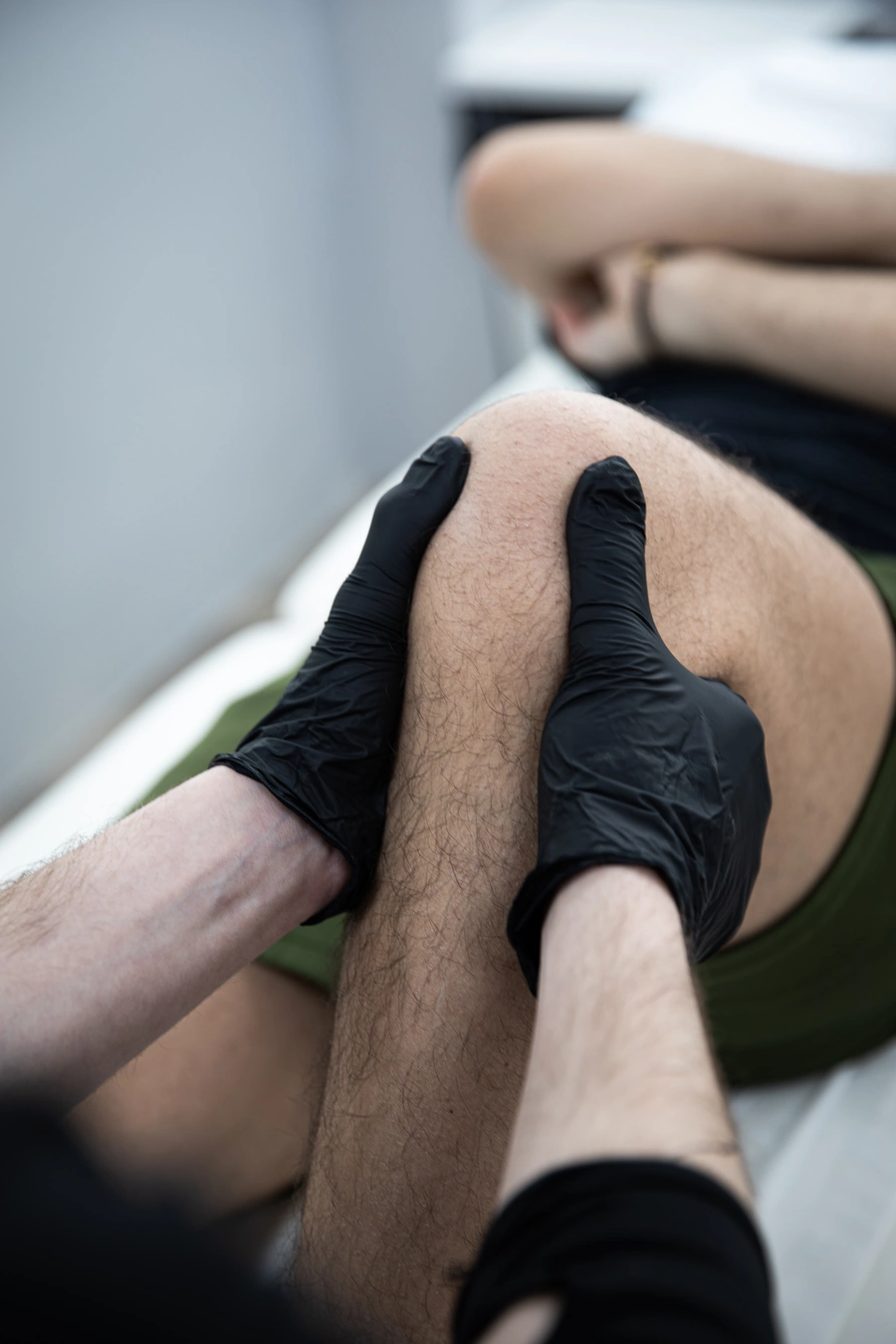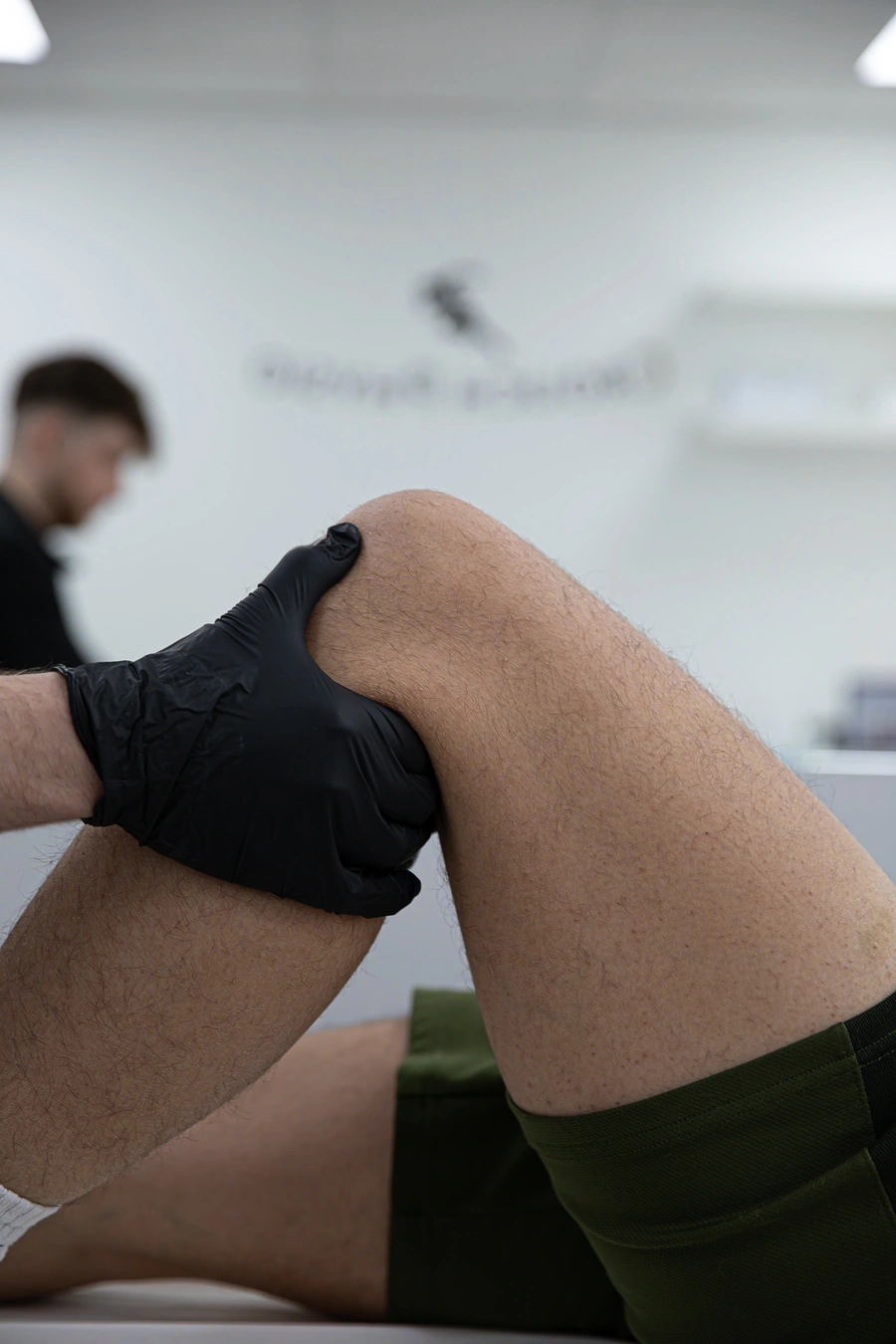Knee Replacements

What is Knee Replacement?
Knee replacement surgery, also known as knee arthroplasty, is a procedure performed to replace a
damaged, worn, or diseased knee joint with an artificial joint made of metal alloys, high-grade plastics, and polymers. This surgery is typically recommended for individuals suffering from severe knee pain and disability due to conditions such as osteoarthritis, rheumatoid arthritis, or traumatic injury.
Patient Presentation and Symptoms:
Patient pain symptoms and presentation of knee problems can vary depending on the underlying cause.
However, common symptoms that may indicate the need for knee replacement surgery include:
- Persistent knee pain, particularly during weight-bearing activities such as walking, standing, or climbing stairs.
- Stiffness and limited range of motion in the knee joint, making it difficult to bend or straighten the leg fully
- Swelling and inflammation around the knee joint, often accompanied by warmth to the touch.
- Instability or a feeling of the knee giving way, which can lead to falls or difficulty with balance.
- Crepitus, a grating or grinding sensation within the knee joint during movement.


Diagnostic Tests
To diagnose the need for knee replacement surgery and rule out other potential causes of knee pain, various tests and assessments may be conducted. These may include:
- Physical Examination: A thorough examination of the knee joint by a healthcare professional to assess range of motion, stability, swelling, and tenderness.
- X-rays: : Imaging studies to evaluate the extent of damage to the knee joint, including the loss of cartilage, bone spurs, and deformities.
- Magnetic Resonance Imaging (MRI): Advanced imaging technique that provides detailed images of the soft tissues surrounding the knee joint, such as ligaments, tendons, and cartilage, to assess for tears or other abnormalities.
- Blood tests: These may be performed to check for signs of inflammation or underlying medical conditions such as rheumatoid arthritis.
Advice From A Physiotherapist's Perspective
Once a diagnosis of severe knee arthritis or joint damage has been confirmed, and conservative treatments like medication, physiotherapy, and lifestyle modifications have proven ineffective, knee replacement surgery may be recommended.
As a physiotherapist, here are some pieces of advice you could give to patients undergoing knee replacement surgery:
- Pre-operative strengthening exercises: Engage in specific exercises prescribed by your physiotherapist to strengthen the muscles surrounding the knee joint, which can help improve post-operative outcomes.
- Maintain a healthy weight: Excess weight puts additional stress on the knee joint, so maintaining a healthy weight through diet and exercise can reduce strain and improve surgical outcomes.
- Follow post-operative rehabilitation programme: Adhere to the rehabilitation programme recommended by your physiotherapist, which typically includes a combination of exercises, manual therapy, and functional training to regain strength, flexibility, and mobility in the knee joint.
- Use assistive devices: Utilise walking aids such as crutches or a walker as advised by your healthcare team to support mobility and prevent falls during the initial recovery period.
- Practice proper joint protection techniques: Learn techniques to protect your knee joint during daily activities, such as avoiding high-impact activities, using proper body mechanics when lifting or bending, and wearing supportive footwear
- Communicate with your healthcare team: Keep open lines of communication with your surgeon, physiotherapist, and other healthcare professionals involved in your care to address any concerns or questions you may have throughout the recovery process.





